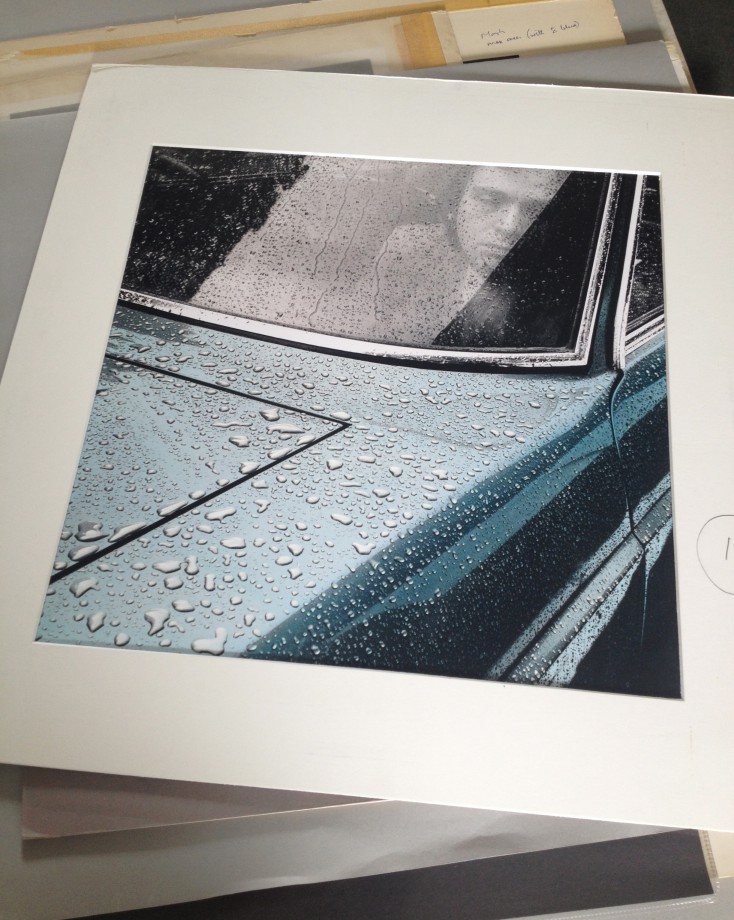 Peter’s first solo album was released 40 years ago today!
Peter’s first solo album was released 40 years ago today!
“This record was my first step as a solo artist, the first step away from being a part of a band. I was uncertain of what I could or couldn’t do so went with some of Bob Ezrin’s choice of musicians (including Tony Levin) and invited Robert Fripp and Larry Fast to cover my more soundscape orientated / European ambitions. Although it was mainly recorded in a snowy couple of weeks in Toronto I remember the sessions as fast, exciting and hot. Many of the backing tracks were put down live, working to the limitations of the 16-track tape machine.
It was a fun, intense and scary session, with a great band – who later came out to tour with me.” Peter Gabriel, February 2017.
Expect the Unexpected on the first Peter Gabriel album. So said the Charisma Records adverts that adorned the music press in support of the album’s release and it wasn’t just some marketing flight of fancy.
Peter was re-calibrating his place in the musical landscape and the journalists covering his return to prominence were doing the same. The album, simply titled Peter Gabriel – it hadn’t, yet, acquired the moniker of PG1 or Car – was a distinct departure for those who came to it with pre-formed expectations and a revelation to many who didn’t, “…don’t surrender to preconceptions” said Allan Jones in Melody Maker “and I think you might find yourself thrilled.”
On release the music press coverage centred largely on Peter’s departure from Genesis two years previously and his self-imposed exile from the music industry “to make babies and do the garden” but this new solo record was also impressing many a writer who’d shown little interest in his former band.
Reviewing the album in the NME, Patrick Humphries, whilst equivocal in his praise was drawn to the mixture of the “weird” in the shape of Moribund The Burgermeister and the “accessible” epitomised by Solsbury Hill. Little was Humphries to know just how much this duality of appeal would endure throughout Peter’s work. The reviewer then signs off: “Like life, there is both good and bad, but in the end, the good outweighs the bad, which is how it should be!”

Caroline Coon, in Melody Maker, is another who expresses little interest in Peter’s previous output, but is certainly stopped in her tracks by the album’s first single:
“Gabriel folds his voice into the mix – not one word of his lyrics jar – with off-beat musical intelligence which marks him out as a creative entity way ahead of most others in his field. A smash hit.”
For Peter, the album was simply an opportunity to do things differently, “I particularly wanted to get away from my past,” he said in an interview with Sounds in late 1976 and it’s a view he echoed in 2002: “I really wanted the first record to be different from what I’d done with Genesis so we were trying to do things in different styles. A bit of barbershop, which Tony Levin helped with, there were more bluesy things, a variety of songs and arrangements that we consciously trying to provide something different than what I’d done before.”
The album was the start of a new phase of Peter’s creative life, a chance to be the master of his own destiny and be respected as a songwriter and artist in his own right; “It took me three albums to get the confidence and to find out what I could do that made me different from other people. And the first record really was a process of trying.“
Even before the album came out Peter was espousing the importance of songwriting, his ambition to develop the visual presentation of his music and a desire to experiment. In October 1976 he told Sounds “On this first album I wanted to make a niche for myself as a songwriter. This way round people will get a chance to make a musical assessment before they get any visual overload. This one is more a bunch of regular songs whereas the next one will be the masterplan… more experimental musically and conceptually.”
Though much has changed in the last 40 years some things remain constant.
Read more about Peter’s first album here